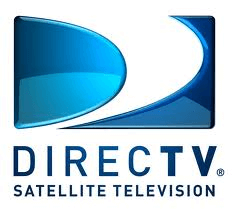 There are a lot of reasons to cancel service with an ISP or cable TV provider. Perhaps the quality of service has gone done hill. Or maybe a competitor has offered a better deal. It could also be something as simple as moving out of that particular company’s service area. Whatever the reason, these companies have become notoriously difficult about letting customers cancel their service.
There are a lot of reasons to cancel service with an ISP or cable TV provider. Perhaps the quality of service has gone done hill. Or maybe a competitor has offered a better deal. It could also be something as simple as moving out of that particular company’s service area. Whatever the reason, these companies have become notoriously difficult about letting customers cancel their service.
That’s where a clever new service called AirPaper comes in. For a small fee of $5.00, AirPaper removes the hassle of calling Comcast yourself when it’s time to cancel service. AirPaper will cancel the service using a quasi-loophole in Comcast’s terms of service.
Apparently, Comcast offers its customers two ways to cut the cord. The first one (and the one everyone would prefer to avoid) is by phone. The other is thru the mail. AirPaper gathers a customer’s details, determines which Comcast office is closest to them, and then composes a goodbye later and mails it directly to Comcast.
And AirPaper isn’t stopping with Comcast. The company is currently planning on developing systems to help with obtaining a San Francisco parking permit, registering a San Francisco business, and getting a Visa to travel to China.
Is there a bureaucratic process you think AirPaper should tackle? The company has an open form on its website where it’s accepting suggestions.

 The folks at
The folks at 



 In a press release today,
In a press release today,